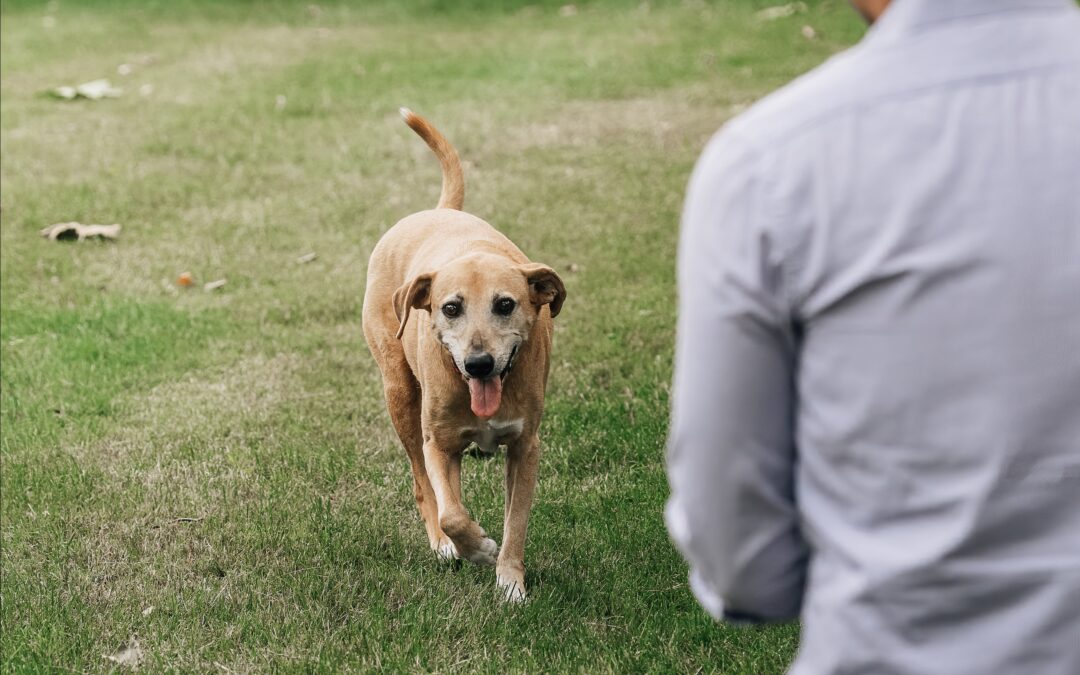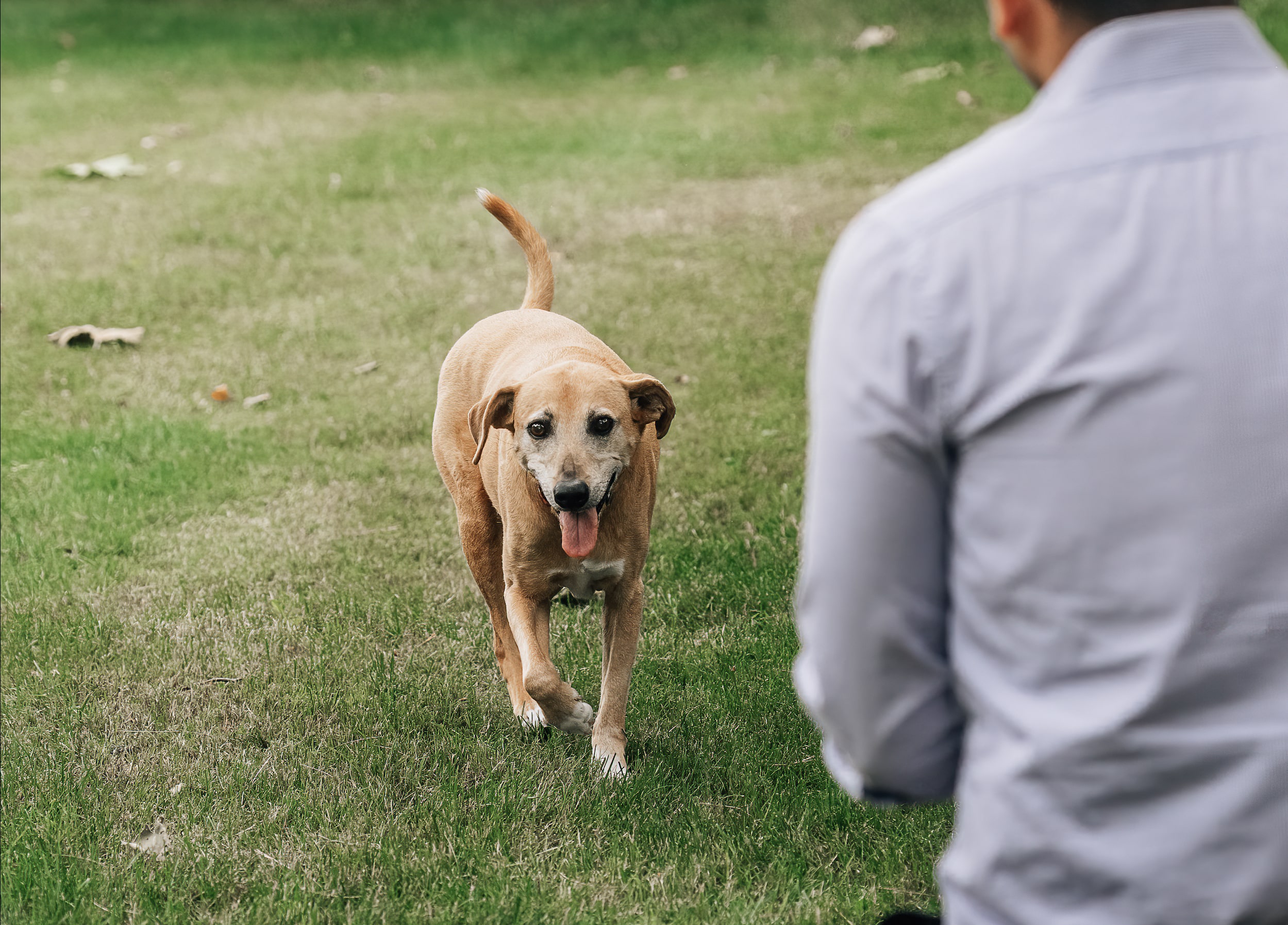
In the realm of pet training, a crucial aspect often overlooked is the emotional well-being of our furry companions. As a veterinarian, I’ve witnessed the profound impact of training methods on the human-animal bond. Positive reinforcement training focuses on rewarding desired behaviors, promoting a harmonious learning environment for pets without resorting to punishment. This not only facilitates effective learning but also fosters a positive bond between pet and owner. For years, many have relied on punishment as a form of “training” — yes, those are intended to be air-quotes because punishment is not training at all. Punishment and other poor training methods bring stress to the table and hinders the development of a strong and trusting relationship between pet owners and their beloved animals. Here are a few ways stress can affect our pets:
Trust Erosion:
Poor training methods can lead to a breakdown in trust between pets and their owners. Imagine a scenario where a dog is repeatedly scolded for inappropriate behavior. Over time, the dog may become hesitant or fearful, eroding the trust that is crucial for a healthy relationship. Trust is the foundation of any bond, and stress-inducing training methods can weaken it significantly.
Anxiety and Aggression:
Stressful training techniques can contribute to the development of anxiety and aggression in pets. For example, a cat constantly punished for scratching furniture may become anxious or aggressive, associating the punishment with stress. This not only impacts the pet’s mental well-being but also poses risks to the safety of the owner and others in the household.
Communication Breakdown:
Pets, like humans, communicate through a variety of cues. Stress during training can lead to a breakdown in communication between pet and owner. A dog punished for barking excessively may become confused and anxious, making it difficult for the owner to understand the root cause of the behavior. Positive reinforcement training encourages clear communication, enabling pets to understand and respond to their owners effectively.

Problem solving: As a puppy Tink would not stop jumping on the dining room chairs to get to the table. To solve this problem we added a cue “Chair” and when she jumped up and sat in the chair she got a treat. We can now ask her to do this any time and the behavior of jumping up on chairs during unwanted times or to steal food have been resolved.
Reduced Socialization:
Stressed pets are less likely to engage positively with other animals and people. For instance, a dog that has been harshly corrected for approaching other dogs may develop fear or aggression, hindering the socialization process. Positive reinforcement training not only addresses behavioral issues but also promotes a social and well-adjusted pet capable of thriving in various environments.
Behavioral Suppression:
Stressful training may suppress natural behaviors, causing long-term psychological harm. Consider a parrot punished for vocalizing; the bird may become withdrawn and develop behavioral issues such as feather plucking. Positive reinforcement training allows pets to express themselves in a healthy manner, embracing their natural instincts while maintaining a balanced and happy disposition.
Conclusion
As responsible pet owners, it is our duty to prioritize the emotional well-being of our furry companions. Positive reinforcement training offers a humane and effective approach to nurturing a strong and lasting bond. Let us commit to understanding our pets, communicating with them through positive reinforcement, and fostering an environment that encourages trust, love, and cooperation.
In conclusion, the impact of training methods on the human-animal bond cannot be overstated. By embracing positive reinforcement training, we not only enhance our pets’ well-being but also strengthen the unique and beautiful relationships we share with them. Let us embark on this journey of understanding, patience, and love, creating a world where pets and their owners thrive together.
And rememer, the title “animal trainer” and “behaviorist” can be used by anyone regardless of education background (with few exceptions). During training if anyone asks you to do anything to your dog that makes you feel uncomfortable, that scares, or hurts your dog in any way- please find a new trainer! Behavior change takes time for all of us, there are no quick fixes to learning and change. There also aren’t any guarantees – beware of those who tell you otherwise. Training and learning should be fun and connective which is why we would never recommend a board and train program, you should absolutely be involved in each step. I hope this helps you find a trainer to meet all your pets and family’s needs.
Resources:
- American Veterinary Society of Animal Behavior
- American Veterinary Society of Animal Behavior Postion Statement on Training
- World Small Animal Veterinary Association Animal Welfare Guidelines
Credentials to look for when choosing a trainer
- CTC: Certificate in training and Counseling from The Academy of Dog Trainers
- CPDT- KSA: Certified Professional Dog Trainer- Knowledge and Skills Assessed
- CBCC-KA: Certified Behavior Consultant Canine- Knowledge Assessed
- KPA-CTP: Karen Pryor Academy Clicker Training Partner
- IAABC: International Association of Animal Behavior Consultants- Dog, Cat, Horse, Parrot




